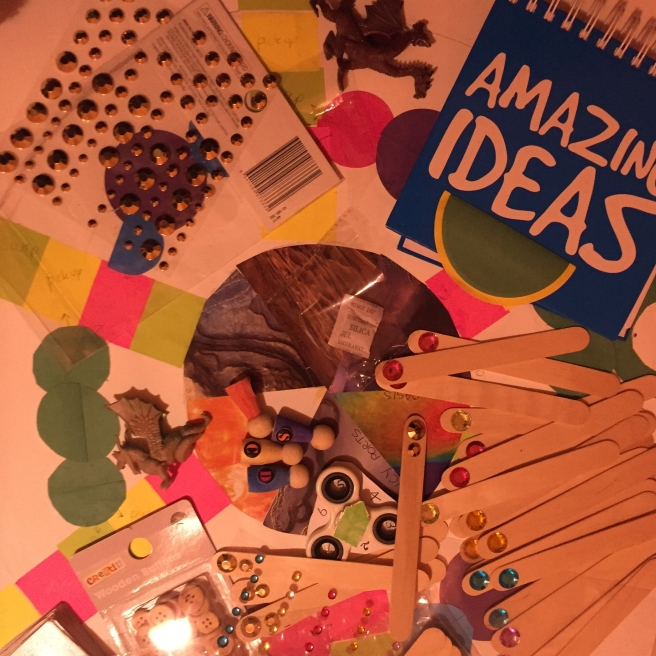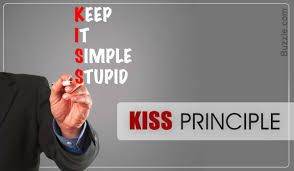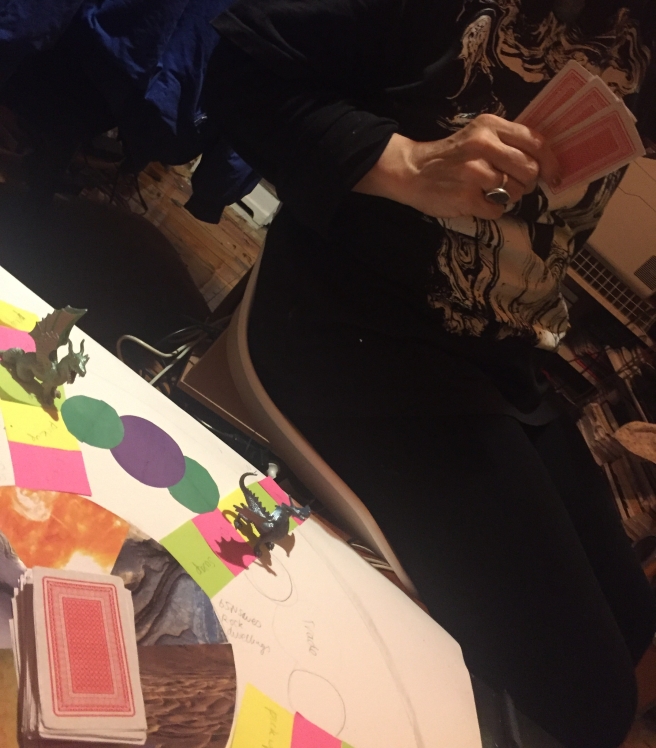Welcome to this final autoethnographic post which is about what I have achieved and the epiphanies that I have had throughout my journey during the execution of my digital artefact. When I look back on what I have created I feel that sense of not quite having got it right. However when I listen to the soundtracks in their finished state I feel pleased. Yes! There is my voice and it is a genuine mix of fact and nostalgia as I remember it. There are parts that are not very professional and some parts that I probably could go over and “gloss” up and if I had more time I probably would do so, but perhaps its current state is truer to the spirit of what I understand autoethnography to be.
In my last blog post I spent some time agonising over whether I was successfully delivering my personal narrative however, having now completed my task I feel as though I have been efficacious in conveying my epiphanies and that I have interwoven these with further research to deliver a complete autoethnographic experience. I have endeavored to connect my personal experiences and memories which I relived and recorded with a broader cultural historical perspective. Originally the scope for the project was on a much grander scale but I decided to only investigate Astro boy and Cowboy Bebop and hopefully make a connection with the music and try to delve deeper into each piece. Validity was important and I wanted to connect to the listeners so that as Plummer, 2001 states, ‘the story enables the [listener] to enter the subjective world of the teller’ (cited by Ellis, Adams & Bochner 2011). I also aspired, as Ellis 2004 remarks, to create a ‘personal narrative’ in order to ‘understand a self or some aspect of a life as it intersects with a cultural context’ (cited by Ellis, Adams & Bochner 2011).
Epiphanies, those significant moments that autoethnographers often use as their fuel for content, were an important aspect of my narrative and were a result of, as Zaner 2004 points out ‘attend[ing] to and analys[ing] lived experience (cited by Ellis, Adams & Bochner 2011). I had two significant ephiphanies as a result of working through my digital artefact. Firstly, was that of my experience of remembering the Astro Boy theme song when I was six. Astro Boy was a symbol of anti war anti discrimination and hope for a war free future. However the meaning for me was as much about where I was watching Astro Boy, as I was surrounded by the security and privacy of our old study as the episodes themselves. Because what I do remember about Astro Boy is the theme music and the armchair and the safety and in a sense this equates to the feeling of security and hope that Tezuka conveyed through his anime.
Secondly, was that of recognising that Cowboy Bebop directly related to Don Siegel’s Dirty Harry and after further research discovered that Dirty Harry had been a considerable influence on Cowboy Bebop’s director Shinichiro Wantanabe. In Rose Bridges review of the soundtrack for Cowboy Bebop, she points to the ‘heavy reliance on the aesthetics of film noir, the popular genre of urban pulp and crime films from the 1940’s (the same decade when bebop emerged)’. She goes on to draw the connection between the similarities of musical genres i.e. that of jazz. She also comments on the way in which the music ‘travels across genre boundaries over the course of the track’ (Bridges, 2017 p. 10). It was exciting for me to validate my ‘gut feeling’ that Cowboy Bebop was linked to Dirty Harry and how the jazz styled music conveyed the characters of both Inspector Harry Callaghan and Spike Speigel.
What I found throughout this project was that the simplicity of the delivery of the content belied the underlying complexity of the product. For me autoethnography required changing my perceptions of how to carry out a research project but I am reasonably satisfied with the results even if I am left with the nagging question, as Ellis 2004 asks, did my personal narrative ‘invite [listeners] to enter into [my] world and use what they learn[t] there to reflect on, understand, and cope with their own lives?’ (cited by Ellis, Adams & Bochner 2011).
References:
Bridges, R 2017, Yoko Kanno’s Cowboy Bebop Soundtrack: 33 1/3 Japan, Bloomsbury Academic, New York.
Ellis, C, Adams, TE, & Bochner, AP 2011, Autoethnography: An Overview Forum: Qualitative Social Research, 12:1. Available at: http://www.qualitative-research.net/index.php/fqs/article/view/1589/3095























